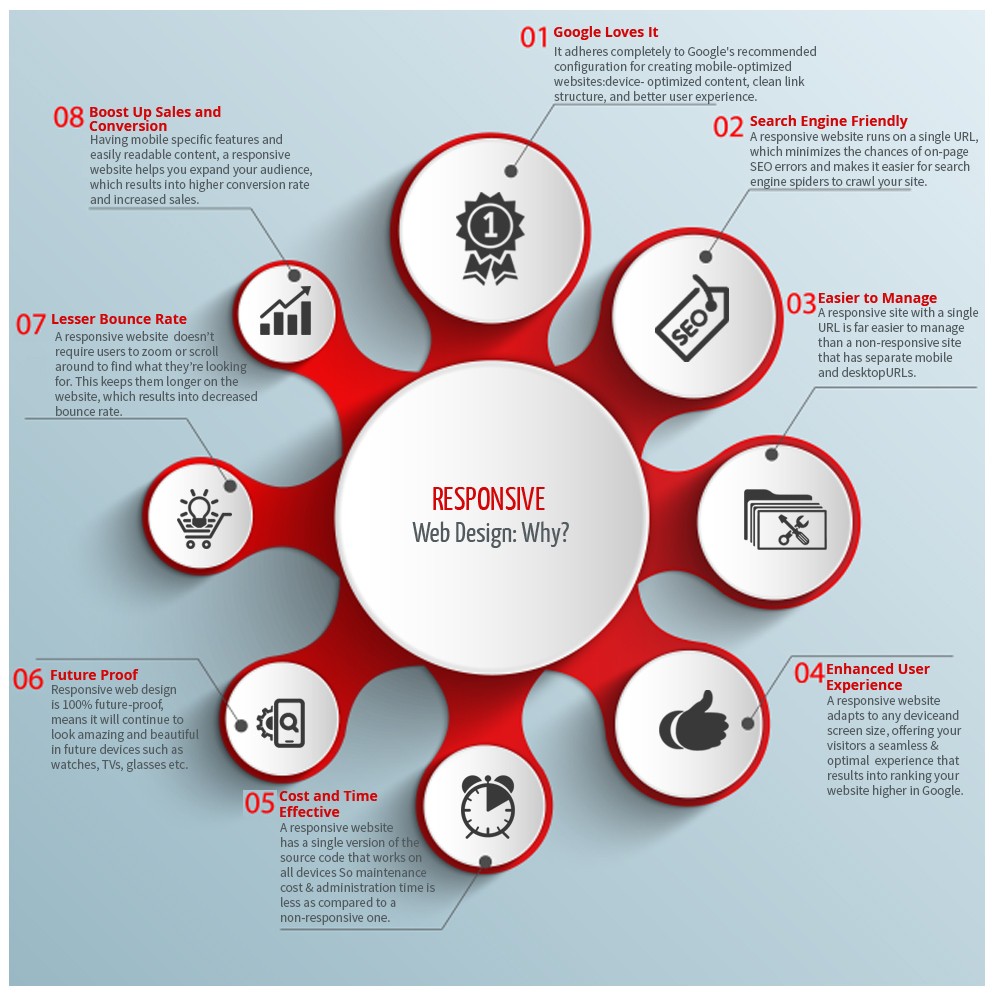Intrigued In Finding Out Just How Web Site Layout Has Altered Throughout The Years? Explore The Trip
Intrigued In Finding Out Just How Web Site Layout Has Altered Throughout The Years? Explore The Trip
Blog Article
Web Content Author-Hartley Trolle
In the past, websites were straightforward and concentrated on details. Navigation was straight, and design was for desktop computers. Currently, customer experience is vital. Information overviews styles for simple navigating. Responsive formats fit various devices. Today, dark setting reduces strain, and minimal food selections enhance navigating. Interactive features involve customers, and strong visuals stand out. AI integration increases involvement. See just how layout has actually progressed to improve your on-line journey.
Very Early Days of Web Design
In the very early days of website design, simplicity reigned supreme. Internet sites were standard, with restricted shades, font styles, and formats. The focus was on providing info as opposed to fancy visuals. Individuals accessed the net via slow-moving dial-up connections, so speed and performance were vital.
Navigation food selections were straightforward, usually located on top or side of the web page. Sites were created for computer, as mobile surfing had not been yet prevalent. Web content was king, and developers prioritized very easy readability over complex style elements.
HTML was the primary coding language used, and designers needed to work within its restraints. Animations and interactive functions were minimal compared to today's requirements. Websites were fixed, with little dynamic material or personalized user experiences.
Increase of User-Focused Layout
With the advancement of site style, a shift towards user-focused layout principles has actually come to be significantly noticeable. Today, developing sites that prioritize customer experience is crucial for engaging site visitors and accomplishing organization goals. User-focused layout includes recognizing the demands, preferences, and behaviors of your target audience to tailor the internet site's format, material, and features as necessary.
Developers currently conduct detailed research, such as customer studies and functionality screening, to gather understandings and comments straight from users. This data-driven strategy assists in creating intuitive navigation, clear calls-to-action, and aesthetically attractive user interfaces that resonate with visitors. By putting the user at the center of the layout process, web sites can deliver an extra personalized and satisfying experience.
Responsive design has actually likewise emerged as a crucial element of user-focused style, making certain that internet sites are optimized for various devices and screen dimensions. This adaptability boosts access and usability, satisfying the diverse ways individuals communicate with sites today. Basically, the surge of user-focused design represents a change towards producing electronic experiences that prioritize the demands and expectations of completion individual.
Modern Trends in Website Design
Explore the most recent patterns forming web design today. One popular trend is dark mode layout, supplying a smooth and modern-day look while decreasing eye stress in low-light atmospheres. One more vital fad is minimal navigating, streamlining food selections and enhancing user experience by focusing on essential elements. Integrating micro-interactions, such as animated switches or scrolling results, can develop a much more appealing and interactive website. Responsive design stays crucial, making certain seamless user experiences throughout various gadgets. In addition, utilizing vibrant typography and asymmetrical layouts can include aesthetic passion and draw attention to certain web content.
Integrating AI modern technology, like chatbots for consumer assistance or individualized suggestions, improves user involvement and simplifies procedures. Access has likewise end up being a substantial trend, with developers prioritizing comprehensive style techniques to cater to varied individual requirements. Embracing sustainability by optimizing website efficiency for rate and performance is another emerging trend in website design. Working together with user comments and information analytics to repeat and boost style continually is important for remaining pertinent in the ever-evolving electronic landscape. By accepting these modern-day fads, you can create an aesthetically attractive, easy to use web site that reverberates with your audience.
Verdict
As you review the evolution of internet site design from the very early days to currently, you can see how user-focused style has ended up being the driving pressure behind contemporary patterns.
Accept the trip of adjustment and adjustment in website design, always keeping the user experience at the leading edge.
Remain current with the current trends and innovations, and never stop advancing your approach to develop visually sensational and user-friendly sites.
Evolve, adjust, and produce - the future of web design is in your hands.
